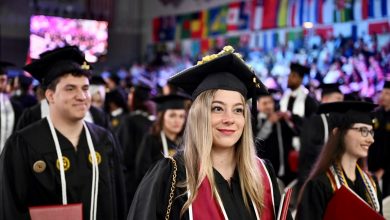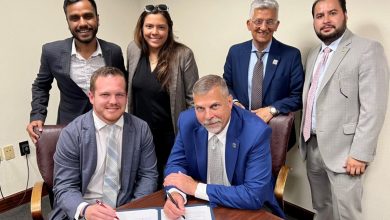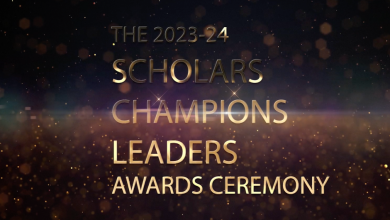Nature Serves as Inspiration for Manufacturing Research
Inspired by the tiny, circular vessels in the trunks of palm trees that allow the iconic plants to bend but not snap in strong winds, an assistant professor of aerospace engineering is researching how to recreate Mother Nature’s handiwork in additive manufacturing.
Mirmilad Mirsayar received a three-year, $200,627 research grant from the National Science Foundation’s highly competitive CMMI-Mechanics of Materials and Structures program to study the mechanics and physics of crack propagation in functionally graded cellular structures made by additive manufacturing. That’s the process of creating an object by building it one layer at a time.
Mirsayar is the sole principal investigator of the project, “Understanding Mixed-Mode Fracture Mechanics in Additively Manufacturable Functionally Graded Microcellular Solids.”
His research is inspired by cellular patterns seen in palm trees and butterfly wings. For example, unlike oak trees and some others, the palm tree’s center contains those vessels, distributed non-uniformly throughout the trunk, that help it survive in Florida’s windy environment. Other biological systems, such as bone, honeycombs and marine sponges, also serve as natural inspirations.
“I’m enjoying this research because I’m learning from nature and I’m applying fundamentals of physics and mathematics to solve a very important engineering problem while training the next generation of engineers and researchers,” he said.
Materials with cellular structures, such as aircraft wings and artificial bones, are widely used in industries such as aerospace and biomedical. As additive manufacturing has advanced, materials with cellular structures and increasingly complex geometrical patterns can be precisely manufactured.
Mirsayar is looking at ways to optimize these strong and light cellular structures made by additive manufacturing to achieve the highest resistance against failure under complex operational loading conditions, such as bending tension, compression and torsion.
This fundamental understanding can then be integrated into next-generation design of engineered cellular structures with enhanced fracture resistance, improving anisotropic material, material that exhibits properties that are different depending on the direction and location of the material, as well as the force applied on the material. Examples included wood and fiber-reinforced polymer composites.
“Understanding the interaction between the cell grading pattern across the space and the material anisotropy – imposed by additive manufacturing due to the layer-by-layer fabrication of the specimens – and incorporating such effects in mathematical modeling of fracture and structural optimization is one of the most important objectives of this research,” he said.
Mirsayar hopes the work will help advance many science and engineering fields including applied mathematics, physics of solids, fracture mechanics, theoretical and computational mechanics, advanced composite structures and additive manufacturing.
“While having broad engineering applications, the mathematics and physics behind this work are complex and at the fundamental level, which is one of the reasons that the NSF was interested in this project,” he said. “I need to come up with how the topology and morphology, which is the cell configuration, the geometry of the cell, across the space can functionally change to get the optimized property for maximizing the fracture resistance.”





